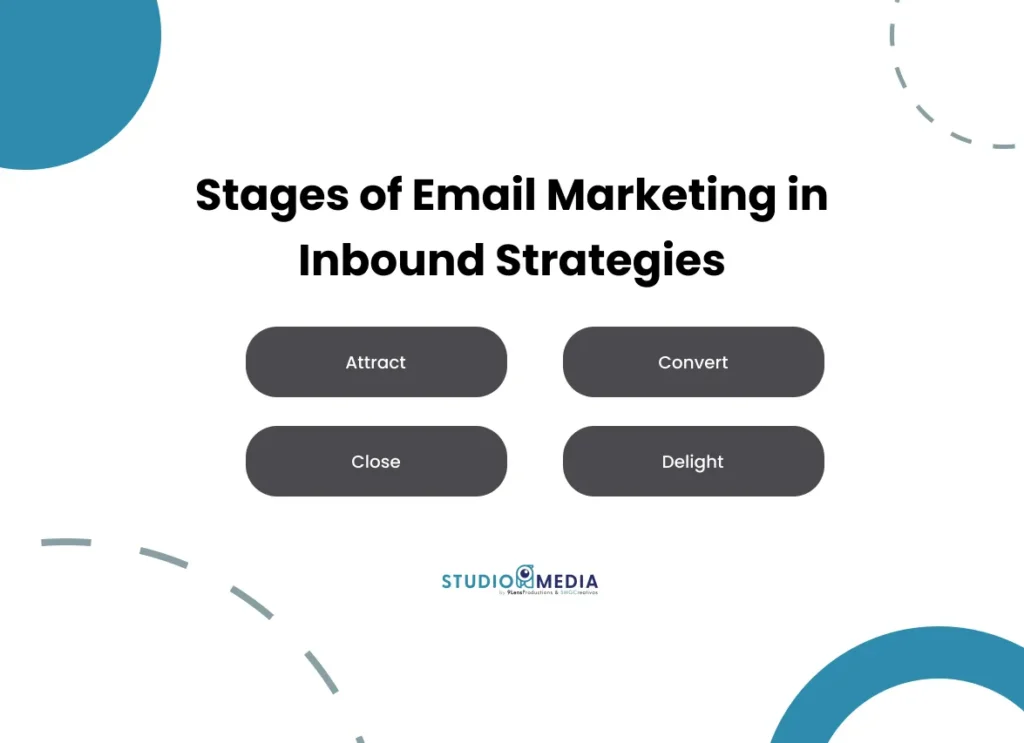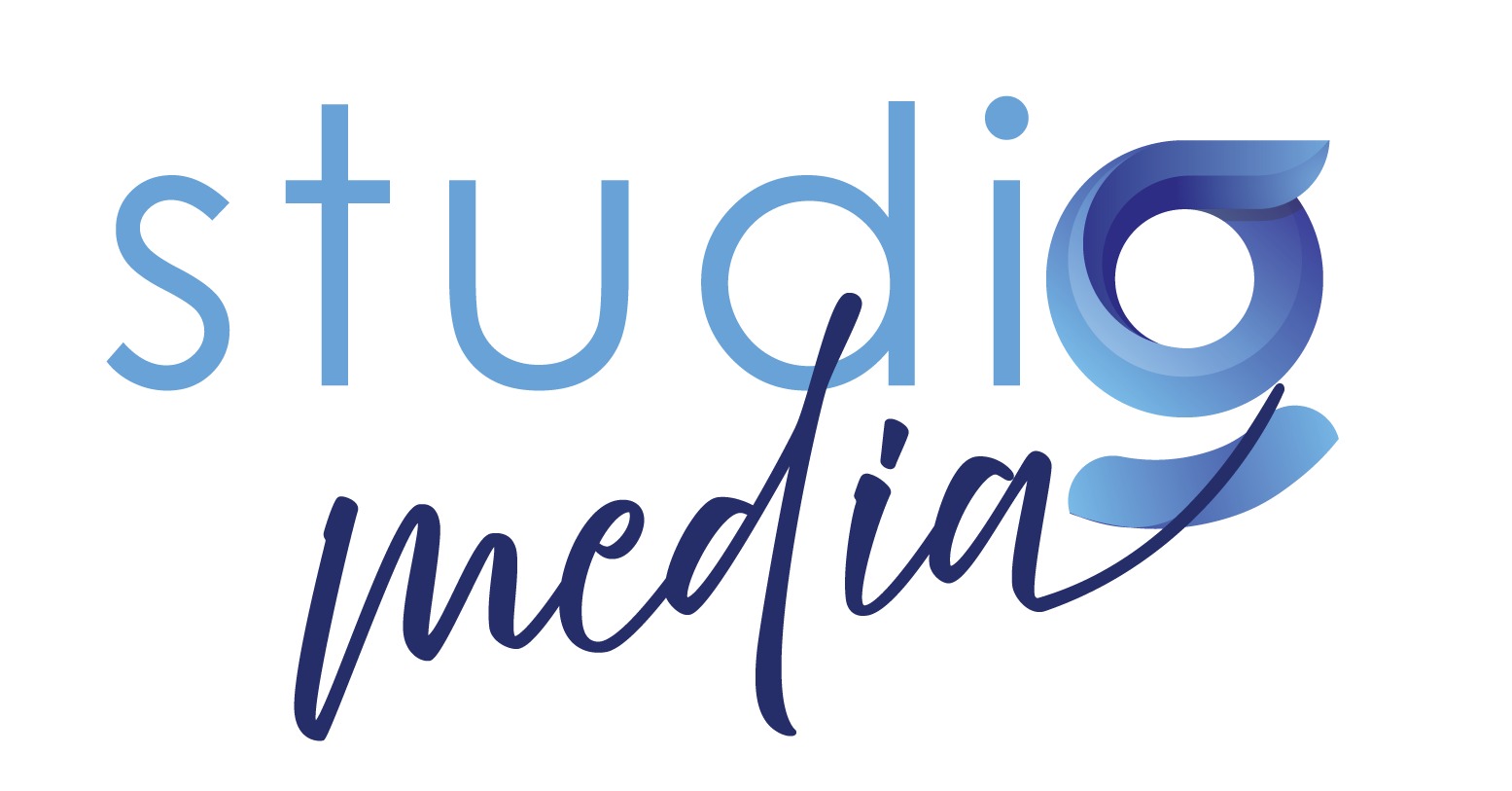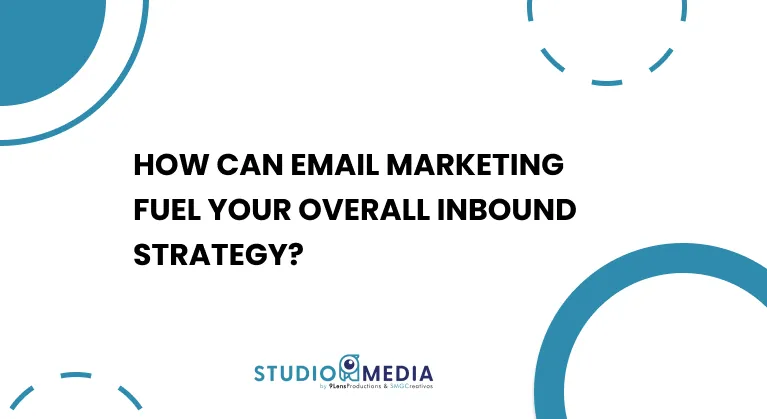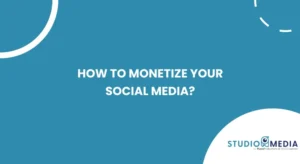Email marketing is a powerful tool that, when used correctly, can transform your inbound marketing strategy. Through well-designed and personalized emails, you can attract, convert, close, and delight your customers. This article explores how email marketing can fuel your inbound strategy using advanced segmentation, personalization, and automation techniques.
Email marketing not only helps attract new customers but also keeps existing customers engaged by sending relevant and personalized content. This process has different stages: attract, convert, close, and delight. Each of these phases plays a crucial role in the customer journey and the overall success of the inbound marketing strategy.
The Role of Email Marketing in the Sales Funnel
The inbound sales funnel consists of several stages, and email marketing plays a crucial role in each of them. These stages are attract, convert, close, and delight. In the awareness stage, the goal is to capture the attention of potential customers by providing educational and valuable content that resonates with their interests and needs. This is achieved through newsletters, welcome emails, and informative articles.
In the conversion stage, the focus shifts to motivating leads to take action. This can include offering special promotions, discounts, or product demonstrations. It is crucial that the emails in this phase are clear and direct, with calls to action that encourage leads to move through the sales funnel.
The closing stage focuses on strengthening the relationship with existing customers. Here, email marketing plays a vital role in sending personalized emails with product recommendations, service updates, and exclusive content. This approach helps keep customers engaged and loyal to the brand.
The delight stage, the goal is to exceed customer expectations. This can include sending thank-you emails, satisfaction surveys, or exclusive event access. In my experience, this stage is key to turning customers into brand advocates, who not only remain loyal but also recommend the brand to others.
Key Email Marketing Strategies for Inbound
Implementing effective email marketing strategies requires a deep understanding of your audience and the ability to deliver valuable content. Some of the most effective strategies include:
- Segmentation of your email list: This allows you to send specific messages to different groups within your audience. For example, you can segment your list based on purchasing behavior, geographic location, or personal interests. In my experience, segmentation significantly improves email open and conversion rates because the messages are more relevant to each segment.
- Personalization of content: Personalization goes beyond simply using the recipient’s name in the email. It involves tailoring the message content to resonate with the recipient’s interests and needs. This can include product recommendations based on previous purchases or educational content related to the customer’s interests.
- Automation of campaigns: Automation allows you to send emails at key moments in the customer journey without manual intervention. For example, you can set up automated emails to welcome new subscribers, remind customers about abandoned shopping carts, or congratulate customers on their birthdays. Automation not only saves time but also ensures that messages arrive at the right moment.

Segmentation and Personalization: Keys to Success
Segmentation and personalization are two fundamental techniques in email marketing that can dramatically increase the relevance of your messages and improve response rates. Segmentation involves dividing your email list into smaller groups based on specific criteria, such as purchasing behavior, geographic location, or personal interests. This allows you to send more relevant and specific messages to each segment of your audience.
Personalization, on the other hand, goes beyond simply using the recipient’s name in the email. It involves tailoring the message content to resonate with the recipient’s interests and needs. This can include product recommendations based on previous purchases, educational content related to the customer’s interests, or even special offers designed specifically for them.
Segmentation and personalization significantly improve email open and conversion rates. Customers are more likely to engage with messages they find relevant, which results in a higher likelihood of conversion and brand loyalty.
Email Marketing Automation to Maximize Results
Automation is essential for scaling your email marketing efforts. Using automation tools, you can set up emails triggered by specific user actions, such as subscribing to a list, downloading a resource, or purchasing a product. This ensures that your messages arrive at the right moment, increasing the likelihood of conversion.
For example, you can set up a series of welcome emails that are automatically sent to new subscribers. These emails can include an introduction to your company, links to educational content on your website, and special offers to encourage the first purchase. Another example is sending abandoned cart recovery emails, which remind customers about products they have left in their shopping cart and offer an incentive to complete the purchase.
Automation not only saves time but also ensures that messages arrive at the right moment, significantly improving open and conversion rates.
Integrating Email Marketing with Other Inbound Channels
Email marketing should not operate in isolation. Integrating it with other inbound marketing channels, such as social media, your company’s blog, and content campaigns, can amplify its impact. For example, you can use emails to promote your blog posts, social media events, or webinars.
An effective strategy is to use email marketing to drive traffic to your website or blog, where subscribers can find more valuable content. You can also use social media to capture new email subscribers by promoting exclusive content or running contests.
From my experience, integrating email marketing with other inbound marketing channels not only increases the visibility of your content but also creates a more cohesive and engaging experience for your customers.
Data Analysis and Campaign Optimization
Data analysis is essential for measuring the success of your email marketing campaigns. Analytics tools allow you to monitor key metrics such as open rate, click rate, and conversions. Using this data, you can optimize your campaigns to continually improve their effectiveness.
For example, if you observe that a campaign has a low open rate, you can test different subject lines or adjust the send time. If a campaign has a low click rate, you can experiment with different calls to action or email content.
Data analysis and continuous optimization are essential for maintaining the relevance and effectiveness of email marketing campaigns. By understanding what works and what doesn’t, you can make informed adjustments that improve results in the long term.
Benefits of Email Marketing in Inbound
There are numerous success stories that demonstrate the power of email marketing in inbound strategies. Companies that have implemented well-planned email marketing campaigns have seen significant increases in customer retention, lead conversion, and customer satisfaction.
For example, an e-commerce company that implemented a series of abandoned cart recovery emails saw a 20% increase in conversions. Another B2B software company that used email marketing to nurture leads saw a 30% improvement in sales closing rates.
Email marketing not only helps attract new customers but also keeps existing customers engaged by sending relevant and personalized content. This comprehensive approach results in greater customer loyalty and increased sales.
The Impact of Email Marketing on the Inbound Strategy
Email marketing has a profound impact on the inbound strategy. It not only helps keep customers engaged but also facilitates lead nurturing throughout the sales funnel. By providing relevant and personalized content, you can build stronger and longer-lasting relationships with your customers.
For example, welcome emails can establish a positive first impression, while follow-up emails can keep leads interested and moving through the sales funnel. Personalized emails can also help convert leads into customers by providing information and offers that resonate with their specific interests and needs.
Email marketing is an essential tool for any inbound marketing strategy, as it allows continuous and personalized communication with customers.
Stages of Email Marketing in Inbound Strategies
Attract
In this phase, the goal is to capture the attention of potential customers. By using educational emails and valuable content, you can increase your brand’s visibility and generate interest. For example, you can send newsletters with relevant blog articles or free guides.
The attract phase is crucial for establishing a solid base of interested subscribers. By providing valuable and educational content, you can capture the attention of potential customers and start building a relationship with them.
Convert
Once you have captured the attention of your leads, the next step is to convert them into customers. This can be achieved through emails offering special promotions, discounts, or product demonstrations. The key is to provide incentives that motivate leads to take action.
From my perspective, the convert phase is where email marketing can have a significant impact. By sending personalized offers and promotions, you can increase the likelihood of leads making a purchase and becoming customers.
Close
In the close phase, the goal is to strengthen the relationship with existing customers. Sending personalized emails with product recommendations, service updates, or exclusive content can help keep your customers engaged and loyal.
Maintaining regular and relevant communication with existing customers is key to fostering loyalty and increasing repeat sales. By offering content and offers that resonate with their interests and needs, you can keep your customers engaged and satisfied.
Delight
In the delight phase, the focus is on exceeding customer expectations. This can include sending thank-you emails, satisfaction surveys, or exclusive event access. The goal is to turn your customers into brand advocates.
Delight phase is fundamental to turning customers into brand promoters. By exceeding their expectations and providing memorable experiences, you can foster lasting loyalty and obtain valuable recommendations.

Challenges and Solutions in Implementing Email Marketing
Implementing a successful email marketing strategy can present several challenges, from managing email lists to creating engaging content. However, with the right tools and a customer-centric approach, you can overcome these obstacles and maximize the impact of your campaigns.
Some common challenges include:
- Managing the email list Keeping a clean and updated email list is essential to ensure that your messages reach the right recipients. This can include removing invalid email addresses and properly segmenting the list.
- Creating engaging content The content of your emails must be relevant and valuable to your audience. This can include educational articles, special offers, and product updates.
- Measuring and optimizing performance It is important to monitor key metrics of your email marketing campaigns and make adjustments as needed. This can include testing different subject lines, send times, and calls to action.
Overcoming these challenges requires a proactive approach and a willingness to experiment and learn from the results. By doing so, you can continuously improve the effectiveness of your email marketing campaigns.
Fueling Your Inbound Strategy with Email Marketing
Email marketing is an essential tool for any inbound marketing strategy. By integrating segmentation, personalization, and automation techniques, you can attract, convert, close, and delight your customers effectively. By leveraging data and continuously optimizing your campaigns, you can ensure that your email marketing strategy drives business growth.
Finally, we can say that email marketing can transform an inbound marketing strategy, helping to attract new customers and keep existing customers engaged by sending relevant and personalized content. This comprehensive approach results in greater customer loyalty and increased sales.







